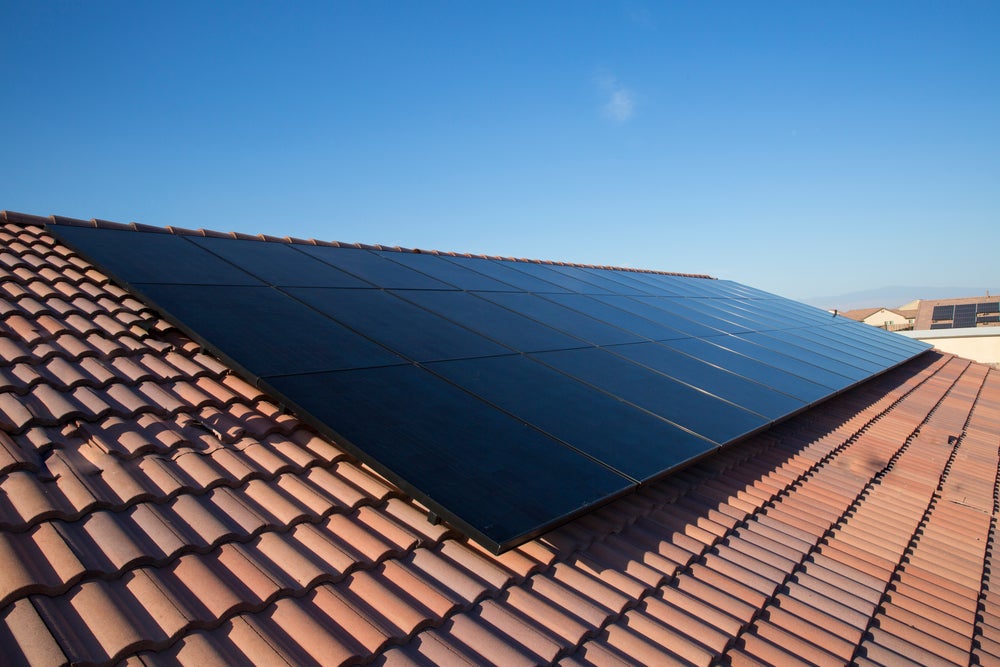How to Install Solar Panels on House | The Complete Guide
Installing solar panels on a house is a sustainable and cost-effective way to generate clean energy. By harnessing the power of the sun, homeowners can reduce their reliance on traditional energy sources and contribute to a greener future. However, the process of installing solar panels may seem daunting to some. In this article, we will outline the steps involved in installing solar panels on a house.
I. Introduction
Before diving into the installation process, it is crucial to understand the benefits of solar panels and how they work. Solar panels convert sunlight into electricity through the photovoltaic effect, where photons from the sun’s rays knock electrons loose from atoms, generating a flow of electricity. By installing solar panels on your house, you can not only save money on energy bills but also reduce your carbon footprint.
II. Assessing your Home’s Suitability
The first step in installing solar panels is assessing whether your house is suitable for solar installation. Factors such as roof orientation, shading, and available space need to be considered. Ideally, the roof should be south-facing and free from obstructions that may cast shadows on the panels. Additionally, you should evaluate your energy consumption to determine the number of panels required.

III. Finding a Reputable Solar Installer
To ensure a successful installation, it is essential to find a reputable solar installer. Research local installers and check their credentials, certifications, and customer reviews. Obtain multiple quotes to compare prices and services. A professional installer will assess your home, provide expert advice, and handle the necessary permits and paperwork.
IV. Designing the Solar System
Once you have chosen an installer, they will design a solar system tailored to your home’s specific needs. This includes determining the number and placement of panels, selecting appropriate mounting systems, and sizing the inverter. The installer will consider factors such as your energy consumption, roof layout, and local regulations to create an efficient and aesthetically pleasing design.
V. Installation and Connection
The actual installation process involves mounting the panels on the roof using specialized racking systems. The panels are then connected to an inverter, which converts the direct current (DC) generated by the panels into alternating current (AC) used by household appliances. The inverter is typically installed near the main electrical panel, and the system is connected to the grid or a battery storage system.
VI. Monitoring and Maintenance
Once the solar panels are installed and connected, it is crucial to monitor their performance regularly. Many systems come with monitoring software that allows you to track energy production. Routine maintenance, such as cleaning the panels and checking for any damage or shading, is also necessary to ensure optimal performance and longevity.

In conclusion, installing solar panels on your house is an excellent investment for both the environment and your wallet. By following these steps, you can embark on the journey to harnessing clean and renewable energy while reducing your carbon footprint.
Conclusion
In conclusion, installing solar panels on your house is a worthwhile investment that brings long-term financial and environmental advantages. By following the steps outlined in this guide and seeking professional assistance when needed, you can seamlessly integrate solar power into your home and make a positive impact on the planet.
Frequently Asked Questions (FAQs)
Why install solar panels at home?
Installing solar panels on a house can be done for both the environment and your wallet. Solar power is an excellent way to produce clean energy while also lowering electricity bills in your home.
How many solar panels does the average house need?
The average house would need about 16 solar panels to supply all of its electricity. This is a lot of panels and will take up a lot of space on your roof, but it’s also the most economical way to go solar.
Can I run my house using only solar energy?
Some houses can be run completely on solar energy, while others may require a combination of solar and traditional energy sources. It depends on the size and layout of your house, the amount of sunlight your area receives, and your energy needs.
Solar panels can only generate so much power, and most homes require more than that to run appliances, lights, and heating/cooling systems. However, you can use solar energy to supplement your regular electricity usage, which can help you save money in the long run. Installing a solar panel system is a big investment, but it can pay for itself over time with the savings you’ll see on your utility bill. And with prices dropping all the time, now is a great time to invest in solar power!
Is solar panels on the house worth it?
Yes, installing solar panels on your house is worth it. The cost of the installation will be offset by the amount that you save in energy bills and increase in property value over time.
How can you make the most of the energy you generate?
Many people want to use the energy generated by their solar panels as much as possible. There are a number of ways you can do this. You can either store it in batteries if your system is grid-tied or you can use it to power your home.
